Ro water plant for paper mills
Water is essential in paper and pulp manufacturing. With stricter environmental norms and the need for sustainability, paper mills are turning to advanced water treatment solutions like Industrial RO systems.RO systems help reduce scaling, improve paper quality, prevent corrosion, and enable water recycling—leading to major cost and energy savings. They also support zero liquid discharge (ZLD) and can be integrated with IoT and solar power for smarter operations.If you’re aiming to optimize water use and cut your environmental impact, custom-designed RO systems are a reliable, future-ready solution for your mill.
Why Paper Mills Demand Specialized RO Water Treatment
The Water-Quality Crisis in Paper Manufacturing
Scaling in boilers & dryers → 30% energy loss
Defects in paper texture/brightness → rejected batches
Corrosion in rollers → $50k+/year maintenance
RO Systems: The Engine of Efficiency
ISO-compliant paper production
25% longer equipment lifespan
Zero boiler scaling
Custom RO Plant Design for Pulp & Paper Mills
Every paper mill has unique water treatment needs. Our custom-designed RO systems are engineered to match your specific requirements, ensuring high performance and long-term sustainability.
Core Components Engineered for Paper Mill Demands
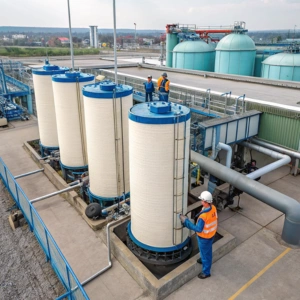
Multimedia Filters
Effectively remove pulp fibers and suspended solids from feed water.
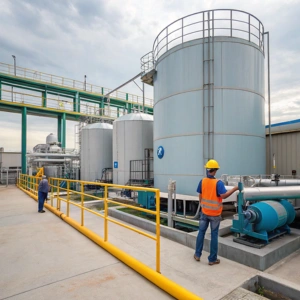
Antiscalant Dosing
Prevent silica and hardness fouling, ensuring smooth operations.
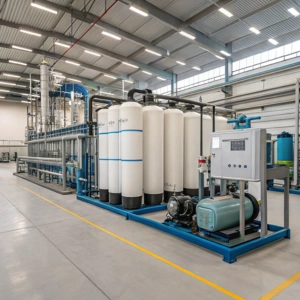
High-Pressure RO Membranes
Handle up to 5,000 ppm TDS feedwater, ensuring efficient water purification.
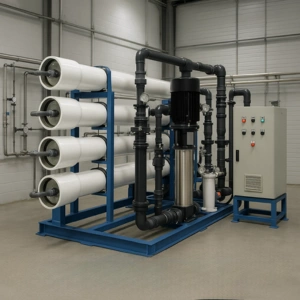
Energy Recovery Devices
Reduce power consumption by 35%, significantly lowering operational costs.
Scalable Capacities to Fit Mill-Specific Needs
Every paper mill has unique water treatment needs. Our custom-designed RO systems are engineered to match your specific requirements, ensuring high performance and long-term sustainability.
| Mill Size | RO Capacity | Recovery Rate |
|---|---|---|
| Small (50 TPD) | 50 m³/hr | 70–75% |
| Large (500 TPD) | 500 m³/hr | 80–85% |
Closed-Loop Water Recycling Process
Transforming wastewater into a valuable resource is at the core of sustainable paper mill operations. Our RO systems enable Zero Liquid Discharge (ZLD), complying with environmental regulations while maximizing water recovery.
Scalable Capacities to Fit Mill-Specific Needs

90% freshwater recovery—minimizing the need for external water sources.
100% ZLD compliance, ensuring environmental responsibility and operational efficiency.
Operational Advantages of Modern Paper Mill RO Plants
30% Lower Steam Consumption: Prevents scaling in boilers, reducing energy costs.
Zero Unplanned Downtime: Predictive membrane monitoring ensures continuous, reliable performance.
2-Year ROI: Achieved through reduced chemical use, energy savings, and optimized water management.
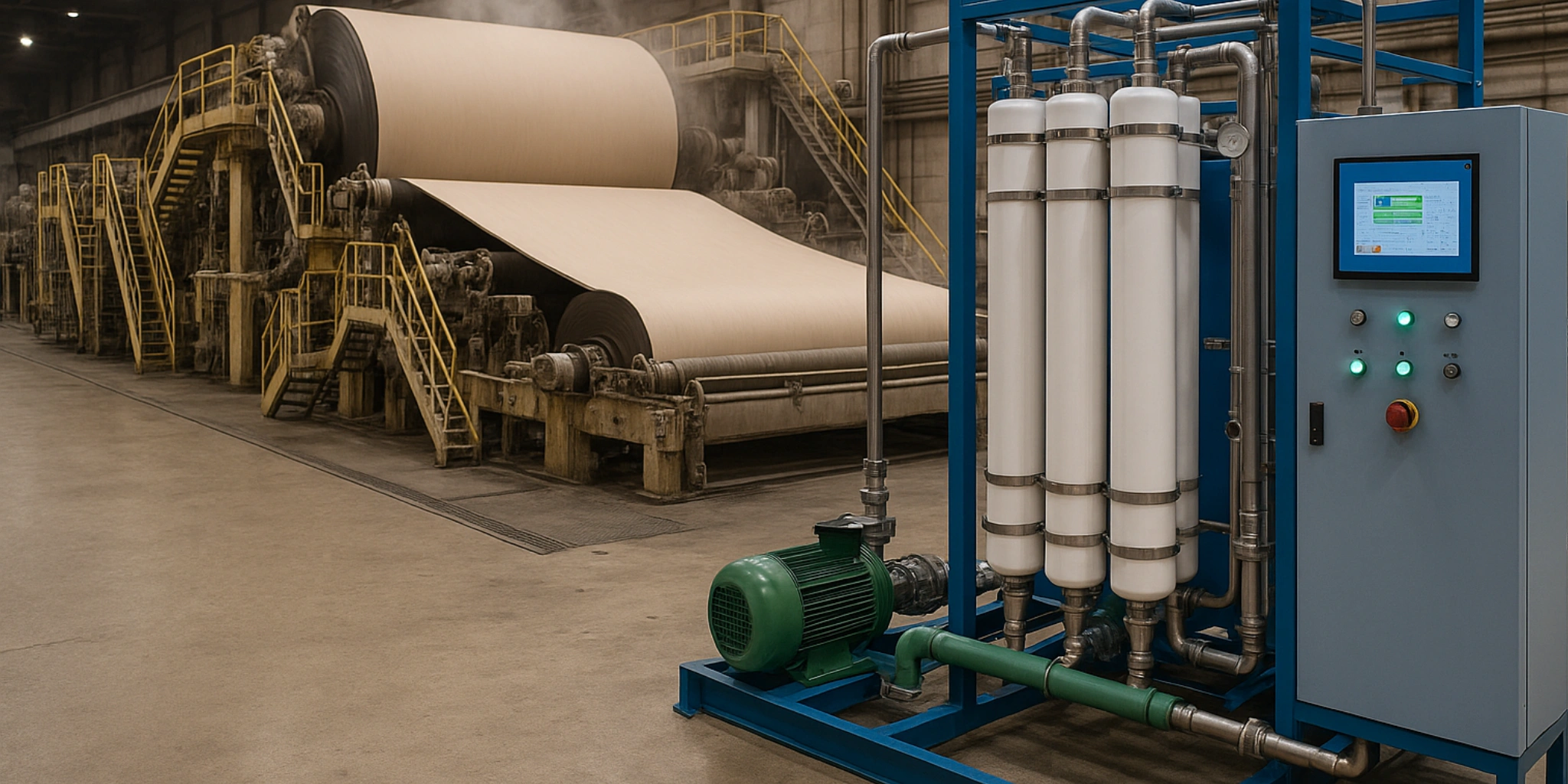
Future-Proofing Your Mill with Smart RO Integration
To stay ahead in an evolving industry, integrate cutting-edge technologies into your water treatment system. Smart RO integration offers real-time monitoring and advanced analytics.
IoT Sensors: Track TDS and pressure, offering real-time insights into system performance.
Hybrid Systems: Combine RO + Electrodeionization (EDI) for ultra-pure water, perfect for industries like semiconductor-grade paper.
Solar-Powered RO: Reduce reliance on the grid by cutting energy consumption by 40%.
Frequently Asked Questions
1. What is the role of reverse osmosis (RO) in paper mill water treatment?
RO plays a vital role in paper mill water treatment by removing dissolved solids (TDS), hardness, and contaminants such as calcium, silica, and organic compounds. It ensures that feedwater quality meets production requirements, preventing scaling in boilers, improving paper texture, and reducing maintenance costs. RO systems also provide an efficient way to recycle water, helping mills meet sustainability goals.
2. How does an RO system improve paper quality?
By removing dissolved solids, an RO system for paper mills ensures high-quality process water. This results in ISO-compliant paper production, fewer defects in paper texture and brightness, and a reduction in rejects. As a result, mills can maintain consistent product quality while reducing waste.
3. What are the cost benefits of installing an RO water treatment system in a paper mill?
Installing an industrial RO system can lead to significant cost savings in multiple areas:
• Energy savings: By preventing boiler scaling, the system reduces energy consumption by up to 30%.
• Maintenance reduction: Less scaling and corrosion result in fewer breakdowns and a 25% longer equipment lifespan.
• Water savings: Wastewater recycling and ZLD compliance can save mills up to $120k/year through water reuse and avoiding penalties.
4. What is Zero Liquid Discharge (ZLD), and how does it benefit paper mills?
Zero Liquid Discharge (ZLD) is an advanced wastewater treatment process that ensures 100% recovery of water while eliminating any liquid discharge into the environment. ZLD is essential for mills aiming to comply with environmental regulations and reduce their water footprint. It turns wastewater into a valuable resource, providing both environmental and economic benefits.
5. Can RO systems help with compliance to environmental regulations?
Yes, RO systems for paper mills are designed to help facilities comply with stringent CPCB norms and other environmental regulations. By reducing Total Dissolved Solids (TDS) in wastewater and ensuring ZLD compliance, these systems help mills meet local discharge standards while minimizing environmental penalties.
6. How do modern RO systems integrate with IoT technology?
Modern RO systems are equipped with IoT sensors that provide real-time data on TDS levels, pressure, and system performance. This allows paper mills to monitor water quality continuously and take proactive measures before issues arise. IoT integration helps mills improve operational efficiency, predict maintenance needs, and reduce unplanned downtime.
7. What are the advantages of using solar-powered RO systems in paper mills?
Solar-powered RO systems can help paper mills reduce their grid dependence and lower energy costs. By leveraging renewable energy, mills can cut their energy consumption by up to 40%, further enhancing their sustainability efforts while maintaining operational efficiency. This integration of renewable energy helps mills future-proof their operations and supports their commitment to environmental responsibility.
8. How do you scale an RO system based on mill size?
The capacity scaling of RO systems for paper mills depends on the mill’s size and water treatment needs. For example, small mills (50 TPD) may require 50 m³/hr RO capacity, while larger mills (500 TPD) need up to 500 m³/hr. The recovery rate typically ranges from 70-85%, depending on the system design and feedwater quality.
